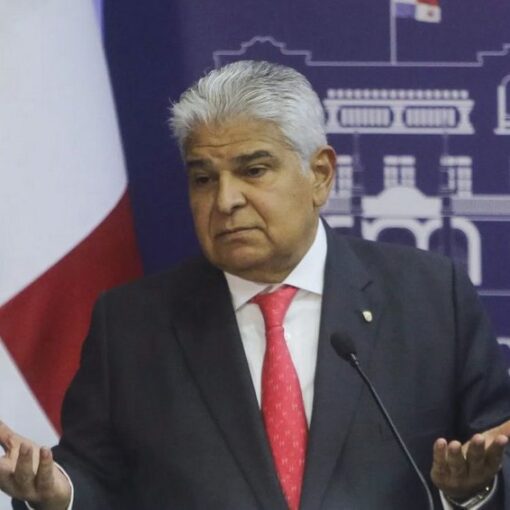Rico’s Q — Exchange rate behavior is a determining factor in the economy and personal finances. With the colon strengthening against the U.S. dollar, it is key for individuals and companies to consider strategies to mitigate exchange rate risks and take advantage of investment opportunities if the exchange rate remains low.
According to the 2025-2026 Outlook Report by the Grupo Financiero Mercado de Valores (Stock Market Financial Group), the exchange rate will remain under pressure in 2025, with some increases between April and September. In this context, making informed financial decisions is key to ensuring stability and capital growth.
Pablo González, junior portfolio manager at Mercado de Valores, maintains that the currency in which the spending that motivates savings is carried out will determine the actions to take in the face of a cheap dollar. In the last two years, the dollar has lost more than 8% of its value in the Foreign Currency Market (Monex) of the Central Bank of Costa Rica (BCCR).
– Advertisement –
“In Costa Rica, dollarization of transactions involving various assets, such as property and land, is becoming increasingly common. Even when income is in colones, it is likely that at some point dollars will be required to make a purchase. Therefore, a strategy of asset and currency diversification in the investment portfolio is key to mitigating exchange rate risks,” González emphasizes.
In this sense, if a person needs dollars in the medium or long term, for example, to purchase a vehicle, a home, or import a good, an effective strategy is to invest in instruments that generate returns in this currency, allowing them to cover those expenses without being affected by a possible rise in the exchange rate.
Furthermore, a low exchange rate represents an opportunity to invest abroad, provided the acquired assets are aligned with the investor’s risk profile and objectives. With a depreciated dollar, entry costs to international markets may be lower, facilitating access to assets that would otherwise be more expensive.
In the current context, fixed-income instruments such as U.S. Treasury bonds or corporate bonds, as well as equity instruments such as ETFs, offer competitive returns, making them an attractive option because they provide access to a diversified portfolio of assets tailored to investors’ objectives and needs.
On the other hand, if most expenses are in colones, it may be more convenient to opt for financial instruments denominated in local currency. However, diversification remains key; having a portfolio that combines investments in both currencies will help mitigate exchange rate risks.
Accessing discretionary investment portfolios, whether with fixed-income or diversified strategies, can optimize investment performance by accessing both international and colon-denominated instruments, such as Costa Rican government bonds, diversifying the investment strategy to mitigate exchange rate risks or market fluctuations.
– Advertisement –
“A well-structured diversification strategy not only protects assets but also opens up growth opportunities in different markets and currencies, ensuring greater financial stability and flexibility in the long term,” González emphasized.
Mercado de Valores recommends that savers evaluate the currency in which they receive their income. If their salary is in colones, the depreciation of the dollar may not have a significant impact on daily life. However, if income is in dollars and expenses are in colones, purchasing power could decrease.
From Revistasumma.com
– Advertisement –
Source link
Rico



